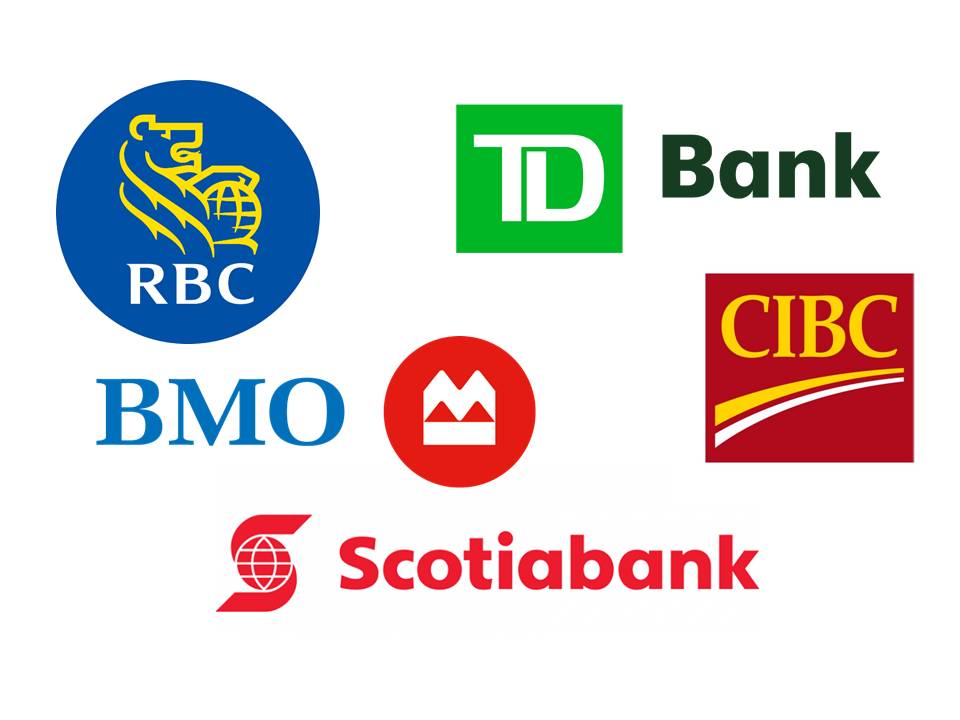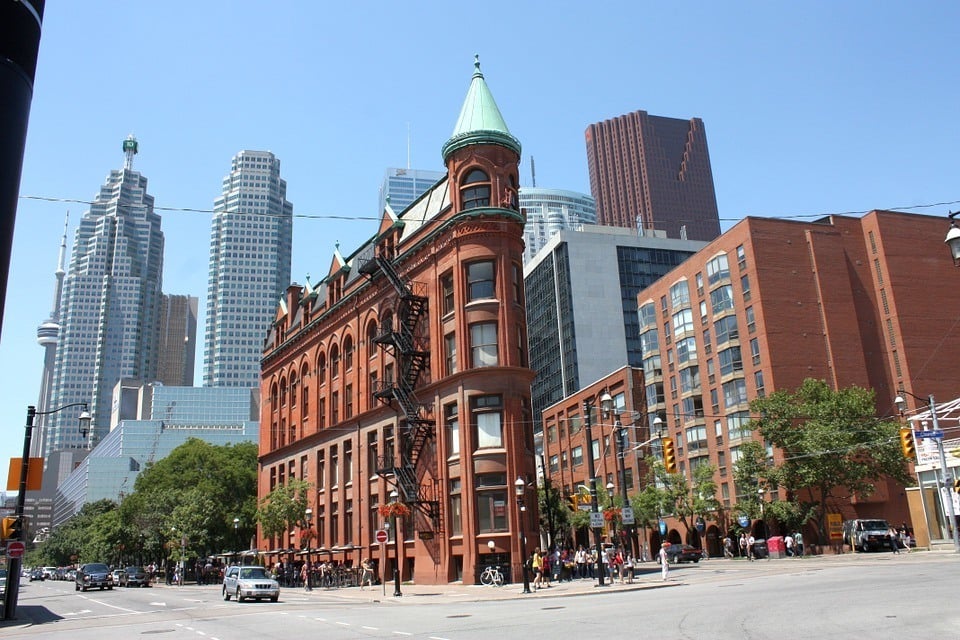Edmonton’s sprawling river valley setting and lively arts scene make it a great place to live. Check out the edgy art galleries like the Alberta Art Gallery and stroll 82 Avenue (in South Central).
Advertisement
In downtown, shiny office towers stand just blocks from well-treed streets and elegant old homes. Learn about the city’s history at Fort Edmonton Park. Or visit the dazzling Muttart Conservatory, four glass pyramids that house three climate zones.
Edmonton’s Geographical Coordinates
Edmonton is positioned on the North Saskatchewan River in Alberta’s central region and sits near the geographic center of the province. The city’s central location facilitated the development of transportation systems, including railways, roads, and oil pipelines, which have helped to transform it into a thriving industrial and service hub for Canada.
The city is also home to many cultural institutions, including the Royal Alberta Museum, which focuses on exhibits of provincial history; and the Art Gallery of Alberta, featuring collections of Canadian and international fine arts. It is also the site of a variety of entertainment events and attractions, such as the Edmonton Festival of Lights, a large park with history-themed attractions southwest of the downtown core on the North Saskatchewan River.
According to the 2016 census, the city’s most prevalent ethnic group was European (55.2%), with smaller numbers of Chinese, South Asian, and Black residents. Edmonton is a multicultural city, and people of diverse ancestry are welcome here. The city’s religious profile is also varied, with the majority of the population identifying as Christian. It is also home to a number of world religions, and some residents follow traditional Aboriginal spirituality.
Edmonton’s Role as Alberta’s Provincial Capital
As the provincial capital, Edmonton is home to government offices and a host of cultural institutions. From the Royal Alberta Museum to the Art Gallery of Alberta, these sites showcase the region’s history, culture, and art.
Advertisement
When it comes to economics, the city is Alberta’s center of business, commerce, and trade. Oil is the primary industry, and the city has become a hub for petroleum service companies, with a special emphasis on oil field supply, refining, petrochemical manufacturing, and pipeline construction.
Edmonton has a reputation for being one of North America’s biggest cities with a small-town feel, offering legendary festivals and year-round inspiration for art and culture lovers. It is also home to the continent’s largest mall, West Edmonton Mall, and a huge stretch of urban parkland that includes the Ribbon Green and Fort Edmonton Park. It is no wonder the city’s citizens are known as a friendly and welcoming group that have a down-to-earth attitude. They understand how to balance work and play. This is why many newcomers are drawn to this northern metropolis.
Edmonton on the Canadian Map
Edmonton is a great city to live in for those who seek a balance between work and life. It has the infrastructure to support a healthy lifestyle, and its residents can enjoy the outdoors with public trails, parks, and recreational areas. This makes Edmonton an ideal place to raise a family and settle down in the long-term.
It’s also home to many festivals each year, which has earned the city its local nickname as “The Festival City.” The Works Art and Design Festival[35] showcases international artists, while the Edmonton International Street Performer’s Festival[36] attracts street performers from around the world.
In addition to its outdoor recreation, the city has many cultural attractions, including museums and galleries like the Alberta Aviation Museum, Telus World of Science, and the Royal Alberta Museum. There are also numerous shopping venues, such as the infamous West Edmonton Mall and smaller malls like Southgate and Londonderry.
Edmonton’s location in the northern part of the province also means that there are plenty of natural wonders to explore nearby, such as the stunningly beautiful Elk Island National Park, which is only a short drive away.
Natural Surroundings: Edmonton’s Scenic Location
The city’s prairie location makes it a hub for natural beauty. The North Saskatchewan River Valley, which passes through the city centre, is a popular picnic spot with pristine trails of verdant greenery and picturesque backdrops. It’s one of the best places to visit in Edmonton for a day out with family and enjoy the exhilarating activities.
The Valley is a bird watching hotspot, and the Lu Carbyn Nature Sanctuary – a 155-acre protected area – provides easy access to spotting wildlife. With more than 95 species recorded, the region’s ecosystem is rich in biodiversity and a delight for naturalists.
The flat landscape can also be problematic, with droughts occurring more frequently and wildfires destroying large stretches of grasslands. Additionally, tornadoes form more often in the area due to its low elevation. The North Saskatchewan River Valley also experiences flooding during the spring and fall. This can damage infrastructure, homes and farmland. The high level of sun exposure also means the area is prone to severe smog in the summer. This can cause a lot of respiratory problems for the locals.
Exploring Edmonton’s Neighborhoods and Regions
Edmonton’s big-city personality extends beyond its huge mall and vast parkland to embrace a diverse culture that welcomes all visitors. The city’s universities foster a spirit of research and entrepreneurship, while local sports teams elicit passionate fandom from residents.
For art lovers, a visit to the Alberta Art Gallery on Sir Winston Churchill Square showcases an impressive collection of Western Canadian art and culture. The gallery also holds a number of touring and temporary exhibitions throughout the year.
The Edmonton Valley Zoo is another top attraction. This family-friendly venue is home to 350 animals representing 100 species from across the world. Guests can take part in guided tours and learn about conservation efforts at the facility.
Those with an interest in history can visit the Royal Alberta Museum. This fascinating museum is home to fossils of some of the largest dinosaurs on record and hosts a series of interactive exhibits. Edmonton’s downtown core is a hub of fine restaurants, sophisticated nightlife and boutique shopping. The district is also home to the first-of-its-kind Neon Sign Museum. This free attraction is located outdoors and features 20 functional historic signs from the city’s past.




